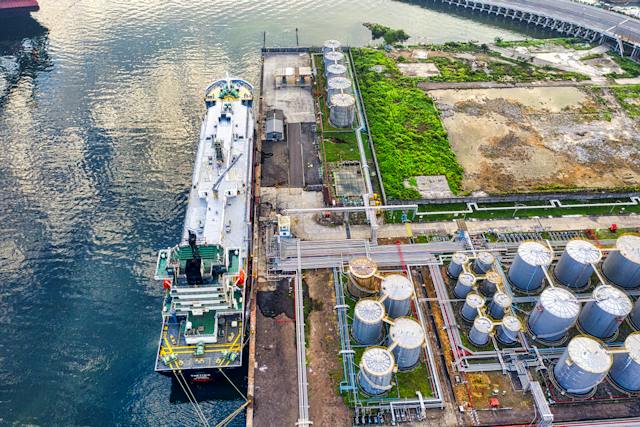The phenomenon of “Bobbing in Petroleum” has become an increasingly significant topic in the fields of energy production, environmental science, and industrial processes. This article delves into the intricacies of bobbing in petroleum, exploring its fundamental principles, applications, environmental impacts, and the latest technological advancements.

Understanding Bobbing in Petroleum
Bobbing in petroleum refers to the process where objects or substances move up and down or float in crude oil or petroleum products. This process is governed by principles of density and buoyancy. Petroleum, being a complex mixture of hydrocarbons, exhibits unique properties that influence the bobbing behavior of different materials.
The Science Behind It
The science of bobbing in petroleum is rooted in basic physics. When an object is placed in petroleum, it experiences two primary forces: gravitational force pulling it downwards and buoyant force pushing it upwards. The object will float (bob) if its density is less than that of the petroleum. This principle is crucial in various industrial applications, from refining processes to waste management in oil production.
Industrial Applications
In the petroleum industry, the concept of bobbing is applied in several critical processes:
- Separation Techniques: In refining, different hydrocarbon components are separated based on their densities. Bobbing plays a key role in these separation processes.
- Oil Spill Management: Understanding how different materials interact with petroleum is vital for addressing oil spills. Materials that bob on the surface are often used for containment and cleanup.
- Waste Management: In oil production, managing waste materials that bob in petroleum is a significant environmental concern.
Advancements in Technology
Technological advancements have refined the processes that involve bobbing in petroleum. Innovations in material science have led to the development of more effective oil spill containment and cleanup technologies. Moreover, advanced sensors and automation have enhanced the efficiency of separation techniques in refineries.
Environmental Impact and Sustainability
The environmental impact of petroleum-related activities is a topic of global concern. Bobbing in petroleum, particularly in the context of oil spills, has significant environmental implications.
- Oil Spills: Oil spills are disastrous for marine ecosystems. Materials that bob on the surface of water, used in cleanup operations, can mitigate these impacts.
- Ecosystem Disruption: The presence of foreign materials that bob in petroleum can disrupt local ecosystems, affecting both marine and terrestrial life.
- Sustainable Practices: Developing sustainable practices in managing materials that interact with petroleum is crucial. This includes improving oil recovery methods and minimizing the environmental footprint of petroleum-based activities.
The Role of Research
Ongoing research is essential in understanding the long-term environmental impacts of bobbing in petroleum. Scientists are continually exploring new materials and methods to make the interaction of objects with petroleum more environmentally friendly.
Future Perspectives
The future of bobbing in petroleum looks towards more sustainable and efficient practices. This includes:
- Developing Eco-friendly Materials: Research is focused on developing materials that are less harmful to the environment for use in oil spill management and other applications.
- Enhanced Oil Recovery Techniques: Improving recovery techniques to minimize the wastage and environmental impact of petroleum extraction.
- Innovative Refining Processes: Refineries are evolving to become more efficient, with better separation techniques that leverage the principles of bobbing.
Conclusion
Bobbing in petroleum is a complex phenomenon with wide-ranging implications in the petroleum industry and environmental science. Understanding this process is crucial for efficient industrial operations and minimizing environmental impact. As technology advances, the focus is shifting towards more sustainable and eco-friendly practices, ensuring a balance between industrial development and environmental conservation.